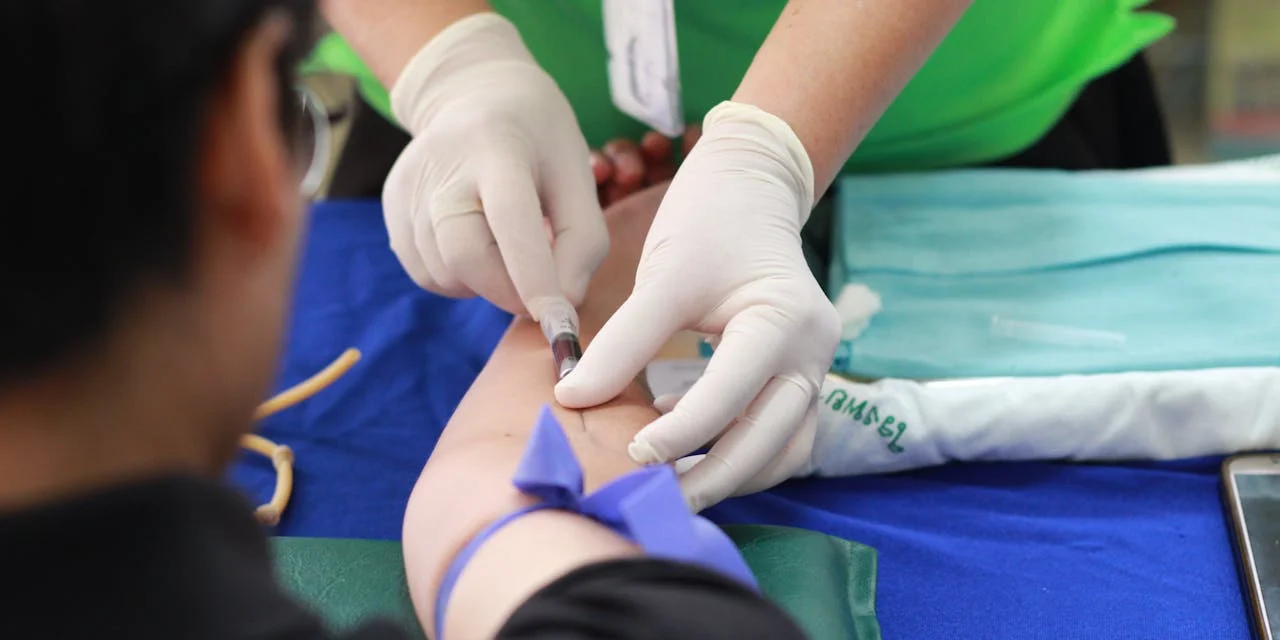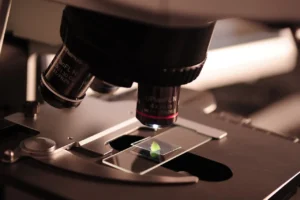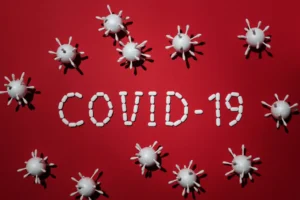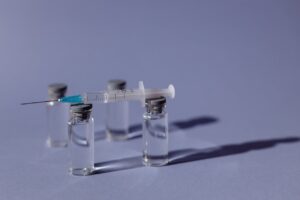
CRISPR Therapeutics (Nasdaq: CRSP), a biopharmaceutical company dedicated to pioneering gene-based treatments for severe illnesses, disclosed today that the European Commission has granted conditional marketing authorization for CASGEVY™ (exagamglogene autotemcel [exa-cel]), a CRISPR/Cas9 gene-edited therapy. CASGEVY has been cleared for use in patients aged 12 and above afflicted with severe sickle cell disease (SCD) marked by recurrent vaso-occlusive crises (VOCs) or transfusion-dependent beta thalassemia (TDT), where hematopoietic stem cell (HSC) transplantation is deemed suitable but a matched related HSC donor is unavailable.
CASGEVY stands as the sole genetic therapy sanctioned for SCD and TDT patients within the European Union (EU). With this endorsement, a potential treatment pool of over 8,000 patients now exists.
Samarth Kulkarni, Chairman and CEO of CRISPR Therapeutics, emphasized the significance of the European Commission’s approval, highlighting the potential life-changing impact of CASGEVY for individuals battling severe sickle cell disease and transfusion-dependent beta thalassemia. He expressed anticipation in extending this therapeutic option to European patients grappling with these debilitating diseases.
Vertex Pharmaceuticals leads the global development, manufacturing, and commercialization efforts for CASGEVY under a profit-sharing agreement with CRISPR Therapeutics, divided 60/40. Vertex is actively collaborating with national health authorities across the EU to facilitate swift access for eligible patients. Notably, early access for eligible TDT patients in France has been secured ahead of the national reimbursement process. Vertex is also working to establish a network of independently operated authorized treatment centers (ATCs) for CASGEVY administration, with three ATCs currently operational in the EU and plans to activate approximately 25 centers across Europe.
Sickle Cell Disease (SCD) is a debilitating genetic disorder characterized by progressive, life-threatening complications. Individuals with SCD often endure a diminished quality of life, reporting scores well below the general population, and require substantial healthcare resources. The condition affects red blood cells crucial for oxygen transport throughout the body, leading to severe pain, organ damage, and shortened lifespans due to the abnormal, or “sickled,” shape of the cells. Vaso-occlusive crises (VOCs), marked by blockages in blood vessels by these distorted cells, result in excruciating pain episodes occurring unpredictably in any part of the body. SCD necessitates lifelong management, imposing significant burdens on healthcare systems and ultimately reducing life expectancy and productivity. In Europe, the average lifespan for individuals with SCD is approximately 40 years. While stem cell transplantation from a compatible donor offers a cure, this option remains elusive for many due to the scarcity of suitable donors.
Transfusion-Dependent Beta Thalassemia (TDT) represents another severe genetic disorder with life-threatening implications. Like SCD, individuals with TDT experience compromised quality of life and require extensive healthcare interventions. TDT demands frequent blood transfusions and iron chelation therapy throughout an individual’s lifetime. Symptoms such as fatigue, shortness of breath, failure to thrive in infants, and complications including enlarged spleen, liver, or heart, misshapen bones, and delayed puberty further exacerbate the challenges faced by patients. Similar to SCD, TDT imposes a significant burden on healthcare systems and reduces life expectancy and productivity. In Europe, the average age of death for individuals with TDT ranges from 50 to 55 years. While stem cell transplantation offers a potential cure, the limited availability of compatible donors restricts access to this life-saving intervention for many individuals living with TDT.




